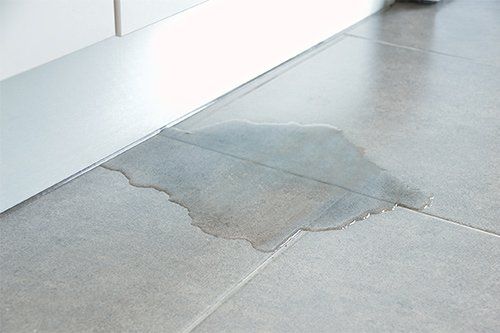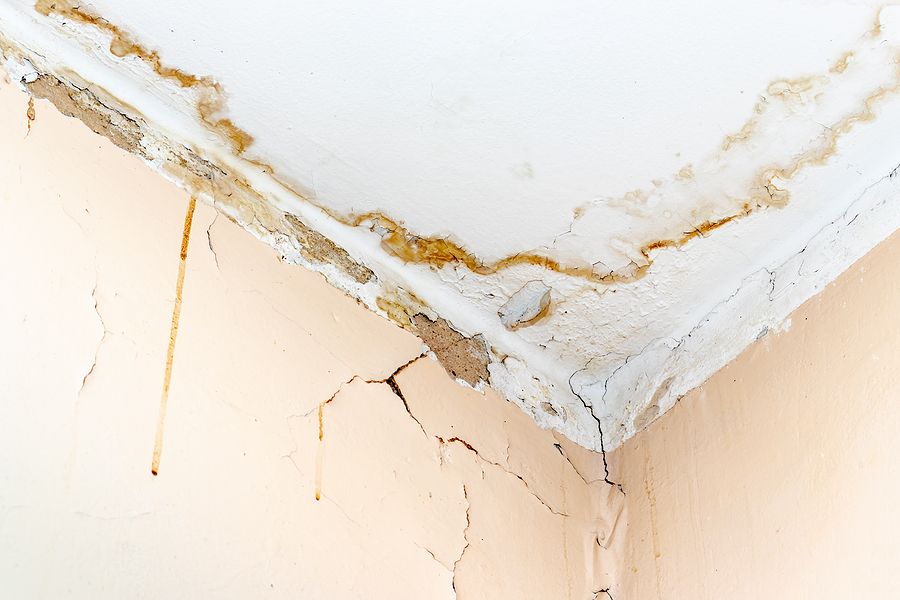What're your thoughts on How to detect water leaks in your home?

Leaks not just trigger waste of water yet can also create unneeded damage to your residence and advertise undesirable natural growth. Water leakages might go undetected because many of the pipework in our house is hidden. By looking and also comprehending for daily circumstances that cause leakages, you can secure your house from future leaks as well as unnecessary damage. Today, we will consider six leak causes that may be causing your pipelines to drip.
Encroaching origins
Many water leaks start outside your house as opposed to inside it. If you notice an abrupt decrease in water stress, state in your tap, require time to go out as well as analyze your backyard. You might discover damp patches or sinkholes in your backyard, and that could mean that tree origins are attacking water lines creating water to seep out. You can have your plumber look for invasion, especially if you have trees or shrubs near your residential property.
Corroded water supply
As time goes by, your plumbing system ages and corrosion such as rust may start eating away the pipes. This may be the source of staining or bending on your pipes. This requires an inspection with your plumber right away. If our plumbing system is old, think about replacing the pipes since they go to a greater danger of corrosion than the more recent versions.
Faulty Pipe Joints
The point at which your pipelines attach is often the weakest link in the waterline. Pipeline joints can wear away in time, causing water leaks. However, the majority of pipe joints are not quickly noticeable. If you have noisy pipes that make ticking or banging sounds, specifically when the warm water is activated, your pipeline joints are probably under a lot of stress. It is advisable to have your plumber examine your system once a year.
Instant temperature level modifications.
Extreme temperature adjustments in our pipes can cause them to broaden as well as acquire all of a sudden. This expansion and contraction may cause fractures in the pipes, particularly if the temperature are below freezing.
Poor Water Connectors
At times, a leak can be caused by loose hoses and also pipelines that provide your home appliances. Usually, changing is what creates the loose water Connections. You could discover in the case of a washing equipment, a pipe may spring a leak as a result of trembling during the spin cycle. In case of a water links leakage, you might see water running directly from the supply line or puddles around your devices.
Clogged Drains
Obstructed drains pipes may be frustrating and also inconveniencing, but they can often wind up causing an overflow resulting in rupture pipelines. Maintain getting rid of any materials that may drop your drains pipes that could clog them to avoid such hassles.
All the above are root causes of leakages however not all water leaks result from plumbing leaks; some leaks could originate from roof covering leakages. All leakages must be repaired right away to avoid water damage.
Leakages not just trigger waste of water but can additionally trigger unneeded damages to your home and also promote undesirable organic growth. By looking and also comprehending for day-to-day scenarios that create leaks, you can secure your house from future leakages as well as unneeded damages. Today, we will certainly look at 6 leak creates that may be creating your pipes to drip.
At times, a leak can be triggered by loose tubes and pipelines that provide your home appliances. In instance of a water connections leak, you may see water running directly from the supply line or puddles around your home appliances.
How To Check For Water Leak In Your Home
How To Check for Leaks
The average household's leaks can account for nearly 10,000 gallons of water wasted every year and ten percent of homes have leaks that waste 90 gallons or more per day. Common types of leaks found in the home are worn toilet flappers, dripping faucets, and other leaking valves. These types of leaks are often easy to fix, requiring only a few tools and hardware that can pay for themselves in water savings. Fixing easily corrected household water leaks can save homeowners about 10 percent on their water bills.
To check for leaks in your home, you first need to determine whether you're wasting water and then identify the source of the leak. Here are some tips for finding leaks:
Take a look at your water usage during a colder month, such as January or February. If a family of four exceeds 12,000 gallons per month, there are serious leaks.
Check your water meter before and after a two-hour period when no water is being used. If the meter changes at all, you probably have a leak.
Identify toilet leaks by placing a drop of food coloring in the toilet tank. If any color shows up in the bowl after 10 minutes, you have a leak. (Be sure to flush immediately after the experiment to avoid staining the tank.)
Examine faucet gaskets and pipe fittings for any water on the outside of the pipe to check for surface leaks.
Undetected water leaks can happen without the home or business owner even realizing. If you suspect a water leak, but not able to find the source. It is time to contact a professional water leak detection service, The Leak Doctor.
How To Find a Water Leak In Your Home
https://www.leakdoctor.com/blog/How-To-Check-For-Water-Leak-In-Your-Home_AE197.html

Hopefully you enjoyed our post about Most Common Causes of Leaky Pipes. Thank you so much for taking time to read through our posting. If you liked our blog post plz make sure you remember to share it. Thanks a lot for your time invested reading it.
Set Up An Appointment